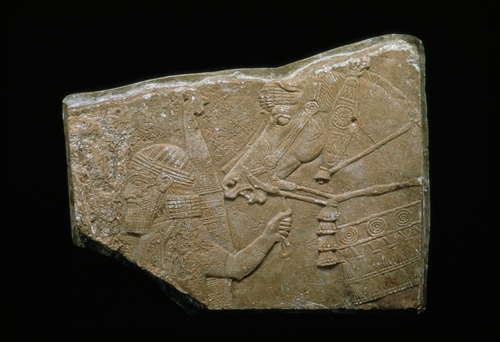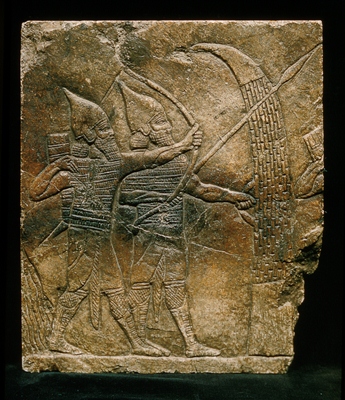SAM Art: Honoring Veterans

Relief fragment with warrior and horse, 668-627 B.C., Neo-Assyrian (ca. 1045-610 B.C.; modern Iraq), Nineveh, Southwest Palace, Room XXXIII, stone, overall 17 1/4 x 22 1/4 in., Eugene Fuller Memorial Collection, 57.54. Currently on view in the Ancient Mediterranean and Islamic art galleries, Seattle Art Museum.
WHEREAS it has long been our custom to commemorate November 11, the anniversary of the ending of World War I, by paying tribute to the heroes of that tragic struggle and by redirecting ourselves to the cause of peace; and
WHEREAS in the intervening years the United States has been involved in… other military conflicts, which have added millions of veterans living and dead to the honor rolls of this Nation…
NOW, THEREFORE I, DWIGHT D. EISENHOWER, President of the United States of America, do hereby call upon all of our citizens to observe… November 11… as Veterans Day.
-Presidential proclamation on the first Veteran’s Day, 1954
The Seattle Art Museum and Asian Art Museum are closed on Veteran’s Day. The Olympic Sculpture Park is open today until 30 minutes after sunset.
